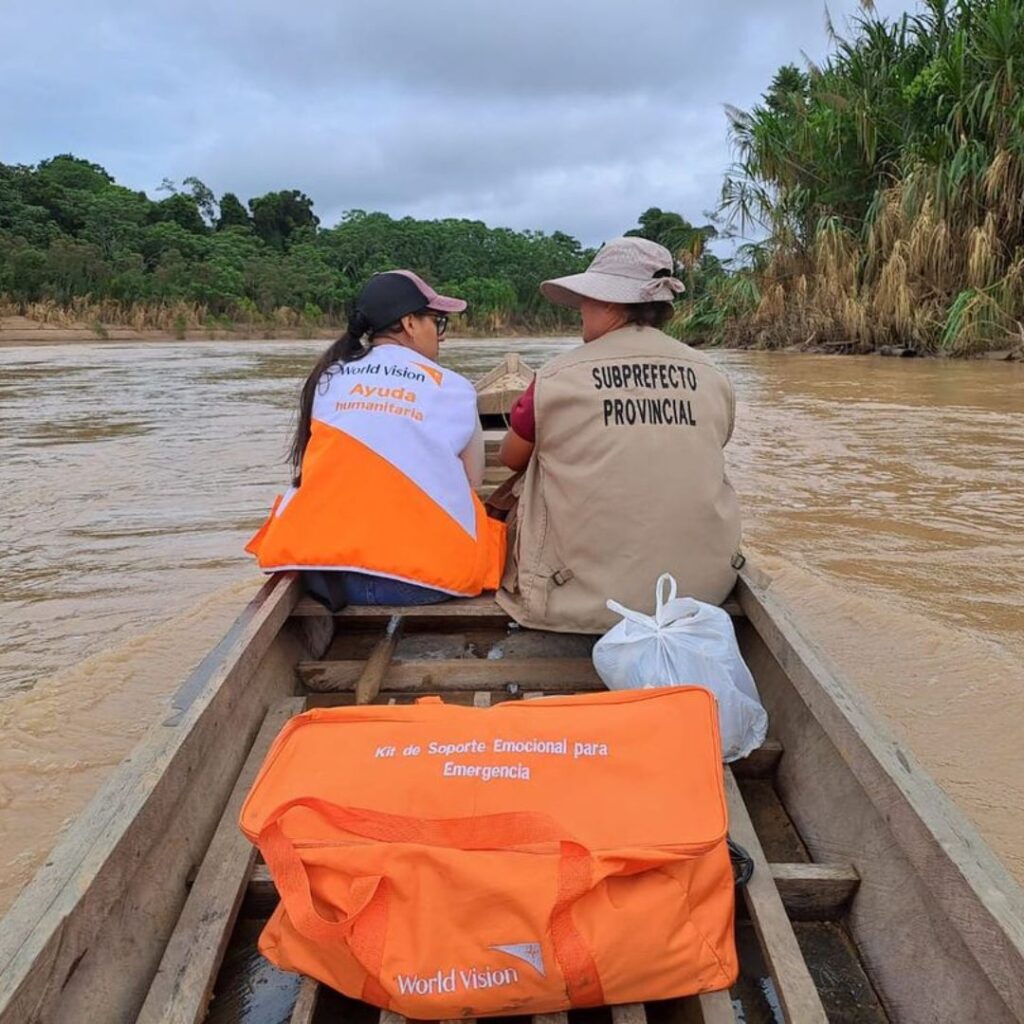With Earth’s temperature rising with each passing year, global weather patterns are becoming more extreme, and natural disasters increasingly commonplace. Just one of the negative environmental impacts of climate change is the increasing occurrence of devastating floods worldwide.
It’s important to understand exactly why global warming is impacting our planet in the way that it is. In this guide, we take a closer look at rates of flooding around the world, considering what it might mean for humanity, and how we can take action to slow negative environmental changes.
What causes flooding?
While floods can happen as a result of a misplaced or broken dam, they most often occur as a result of extreme storms, melting glaciers, and rising sea levels. A hotter atmosphere not only causes ice to melt, it also absorbs more water – therefore, increasing global temperatures lead to heavier, more frequent rainfall, which then floods our waterways as a result.
There are a number of unsustainable practices contributing to rising global temperatures, including overfishing, animal agriculture, and use of fossil fuels and plastics.
What’s the impact?
So, we know why the temperature of Earth’s atmosphere is increasing, and how this results in flooding. But what does it mean for us?
According to the Global Flood Database, between 2000 and 2015 there was a 24% increase in the population exposed to flooding, with Africa ranking as the continent with the highest increase, followed by Asia. The vast majority of global floods occurred due to heavy rain, with tropical storms, snowmelt and ice also a contributing factor to those that occurred in America, Europe and Asia.
Ultimately, every corner of the world is experiencing the effects of climate change, but it’s not always in the form of flooding. Countries experiencing an increase in infrastructure and loss of vegetation (as well as those that experience tsunamis and tropical storms) are considered high-risk, due to the changing structure of the landscape and lack of plants to naturally consume the excess water.
While flood rates in Europe appear more stable than other parts of the world, when floods do occur, they’re still damaging. An increasing number of people now face the possibility of having their properties flooded, with one in six buildings in the UK at risk of flooding. In other parts of the world floods can be devastating on an even larger scale, with an estimated 138,000 fatalities occurring in 1991 in Bangladesh, 220,000 in India in 2004, and 138,373 in Myanmar in 2008.
In response to the recent onslaught of heavy rains and flooding in Madre de Dios’ Iñapari district, Peru, a compassionate initiative has been launched to aid affected families by World Vision. The distribution of specially curated “Hope and Emotional Support Kits” is underway, featuring a thoughtful selection of art supplies, engaging reading materials, and playful games. This initiative seeks to bring comfort and resilience to the youngest members of the community, fostering a sense of hope amid adversity.


What can we do?
Not only is the changing climate a pressing issue, the flooding that it causes can also result in widespread poverty for affected communities. Flood barriers, house raising and river training may be a quick fix, but in order to truly prevent such destruction, it’s important to treat the root cause.
By making small changes to our daily habits, we can each do our bit to slow the effects of global warming. This may mean switching to a green energy provider, or using an electric car over a fuel-burning vehicle – or, even opting to eat a plant-based diet that carries a lower carbon footprint than a meat-rich one.
While the decisions of large corporations can have a huge impact on global flood rates, it’s important to remember that by making more mindful choices, each of us as individuals also play a part in making a positive difference.
This article was written in collaboration with Anne Walton, Consultant and Researcher at Digital Content & Media and Yves Hemelryck, from the Green Initiative team.





